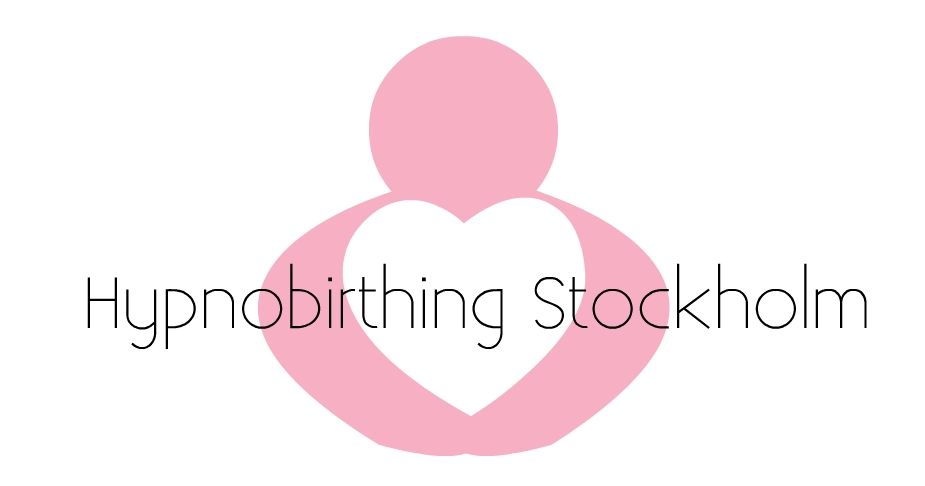Även om vi på Hypnobirthing Stockholm vet och förstår alla fördelar med att lära sig hypnobirthing inför graviditet och förlossning, så är det kanske inte allmänt känt. Men hypnos i samband med barnafödande blir alltmer uppmärksammat runtom i världen. Forskning visar att hypnos kan ha positiva effekter vid förlossning. En del studier har visat att hypnos kan minska smärta, förkorta förlossningstiden och minska behovet av medicinsk smärtlindring.
En intressant studie är en randomiserad kontrollerad studie från 1993 publicerad i ”American Journal of Clinical Hypnosis” av författarna Jenkins och Pritchard. Denna studie undersökte användningen av hypnos under förlossning och fann att kvinnorna som fick hypnos hade kortare förlossningstider och mindre behov av medicinsk smärtlindring jämfört med kontrollgruppen.
Förlossningens längd (i tid)
> Jenkins & Pritchard (1993) reported a reduction in the length of labour for those using hypnosis. There was a decrease of 3 hours on average for first time mothers, and a decrease of 1 hour on average for those who had given birth before. The time spent pushing was statistically shorter.
Mothers using hypnosis reported feeling more satisfied with labour. They reported other benefits in pregnancy, such as, a decrease in anxiety and being able to get to sleep more easily.
Jenkins, M.W. and Pritchard, M.H., 1993. Hypnosis: practical applications and theoretical considerations in normal labour. BJOG: An International Journal of Obstetrics & Gynaecology, 100(3), pp.221-226.
Användande av smärtstillande som exempelvis Epidural jämfört med ”hypnos-mammor”
> Bobart & Brown (2002) reported a decrease in the use of medication during labour. Epidurals were used by 97% of the non-hypnosis group and by only 38% of the hypnosis group. Analgesia was used by 75% of the non-hypnosis group, and by only 5.5% of those using hypnosis.
2.7% of the non-hypnosis group had a drug free birth compared with 61% of the hypnosis group.
Baby Apgar scores were also significantly higher in the group using hypnosis.
Bobart, V. and Brown, D.C., 2002. Medical Obstetrical Hypnosis an Apgar Scores and the Use of Anaesthesia and Analgesia during Labor and Delivery. Hypnos, 29(3), pp.132-139.
> Smith et al (2006) reported that hypnosis lead to a decrease in the need for drug pain relief in labour, a decrease in the need for drugs to augment labour, and an increase in spontaneous vaginal births.
Smith, C.A., Collins, C.T., Cyna, A.M. and Crowther, C.A., 2006. Complementary and alternative therapies for pain management in labour. The Cochrane Library.
Intervention under förlossning
> Harmon et al (1990) reported that a higher than average 81% of first time mums using hypnosis, delivered spontaneously without the use of caesarean, forceps or venteuse.
Harmon, T.M., Hynan, M.T. and Tyre, T.E., 1990. Improved obstetric outcomes using hypnotic analgesia and skill mastery combined with childbirth education. Journal of Consulting and Clinical Psychology, 58(5), p.525.
Fler rapporter:
J.Phillips-Moore, Birthing outcomes from an Australian hypnobirthing programme (2013), British journal of midwifery, https://www.magonlinelibrary.com/doi/abs/10.12968/bjom.2012.20.8.558 (2023-05-17)
S. Catsaros, J.Wendland, Hypnosis-based interventions during pregnancy and childbirth, (2020) ScienceDirect, https://www.sciencedirect.com/science/article/abs/pii/S0266613820300395 (2023-05-17)
Denna studie visar vad Grantly Dick Read fann redan på 1940-talet: Kvinnor som är rädda inför förlossningen tar längre tid på sig att förlösas:
Wiley-Blackwell, Women with fear of childirth endure a longer labor (2012), ScienceDaily, https://www.sciencedaily.com/releases/2012/06/120627092204.htm (2023-05-17)
